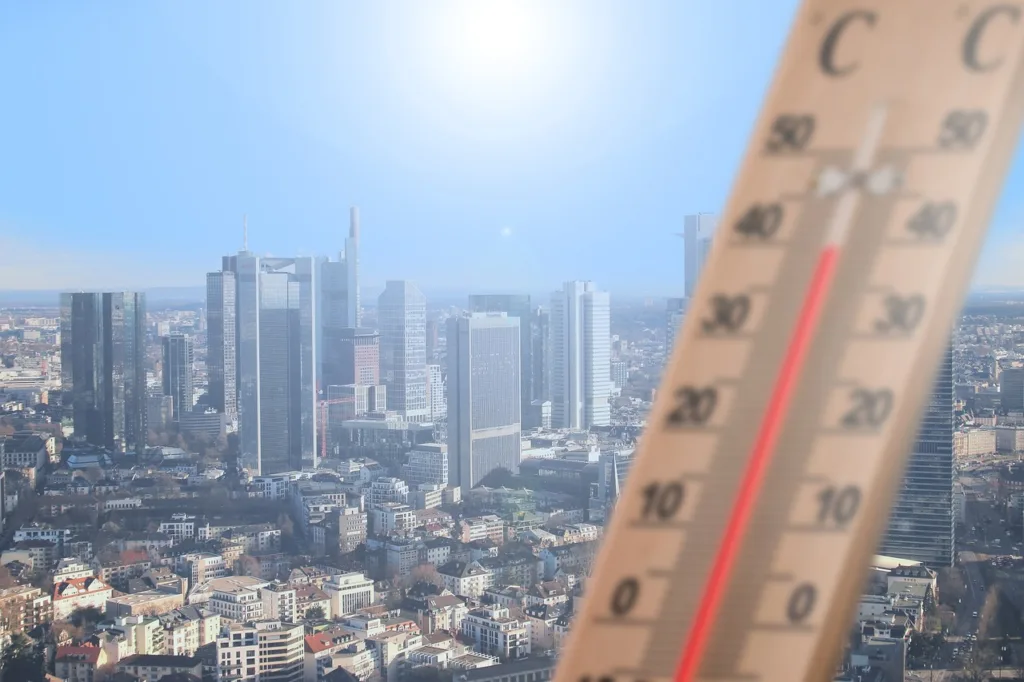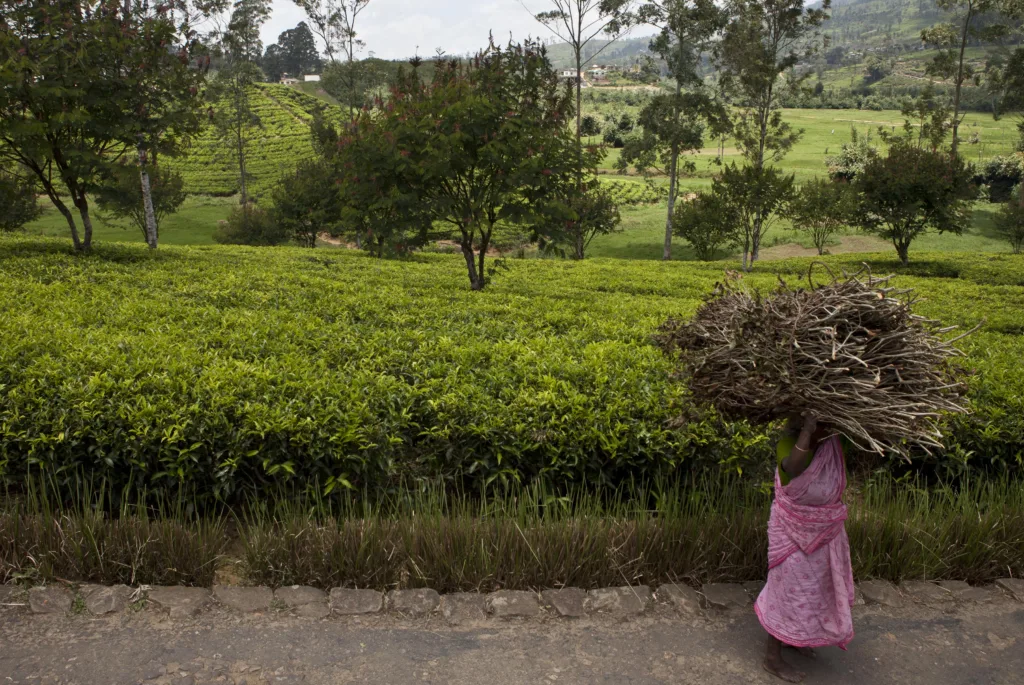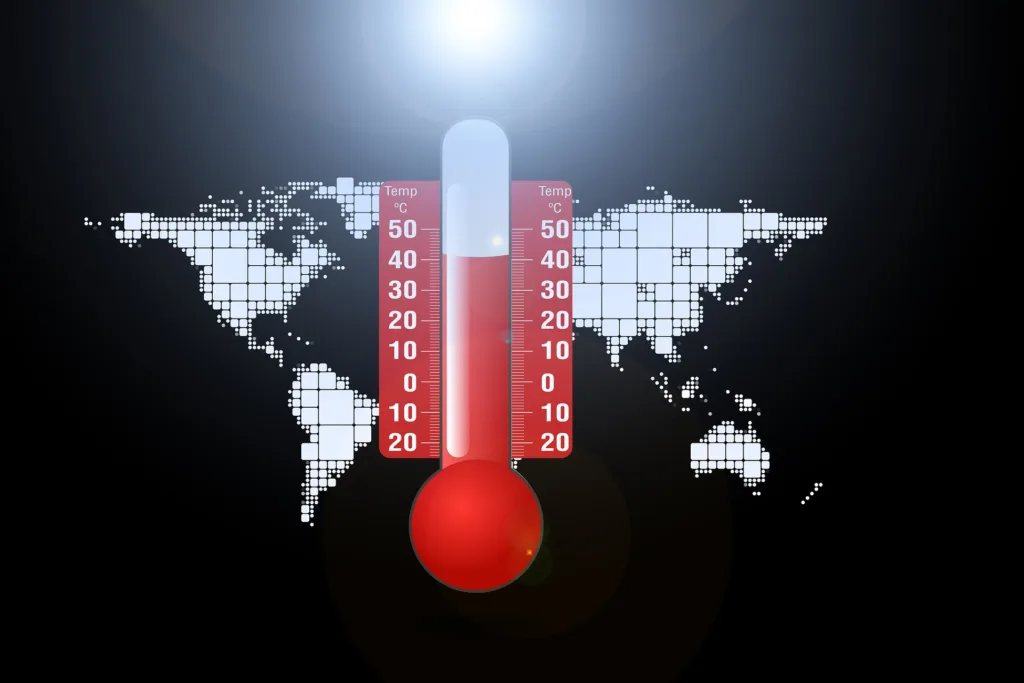As the world reels from the hottest year on record, the weather outlook for the future looks grim, with extreme heat set to be unavoidable unless we act now.
 Heatwaves are one of the world’s deadliest and most disruptive yet most overlooked disasters. : Unsplash Unsplash licence
Heatwaves are one of the world’s deadliest and most disruptive yet most overlooked disasters. : Unsplash Unsplash licence
As the world reels from the hottest year on record, the weather outlook for the future looks grim, with extreme heat set to be unavoidable unless we act now.
This year, 2023, has been the hottest on record, marked by heatwaves across North America, China and Europe.
It is likely to be a short lived record, with 2024 expected to be even worse.
While El Nino conditions are supercharging heatwave intensity, a recent study confirms that the primary driver of extreme heat is human-induced climate change.
As we navigate the warmest decade in recorded history, the trajectory continues to rise.
Extreme heat, once an anomaly, is now a recurring weather pattern, necessitating urgent behavioral and systemic actions on all fronts to effectively manage its impact.
Heading into 2024, the liveability of your neighbourhood hinges on community choices and regional government actions to urgently transition away from fossil fuels and take steps to protect communities from heatwave dangers.
As COP28 demonstrated, climate outcomes are jeopardised by extensive coal and gas lobbyist attendance and the COP28 leader’s resistance to fossil fuel reduction.
The silent menace of heatwaves
Heatwaves are one of the world’s deadliest and most disruptive yet most overlooked disasters. Unlike hurricanes or earthquakes, the invisibility of heatwaves has hindered public awareness and risk recognition.
Misreported or delayed information about extreme heat impacts has impeded broad acknowledgment of the dangers these events pose to community physical and mental health, including increased hospitalizations and fatalities.
The classification of a heatwave is periods of exceptional temperature relative to the historical climate of a specific area, so the thermal value of a heatwave in Kenya is very different to that of a heatwave in Scotland.
Record-breaking events are predicted throughout the world in coming years, with the greatest population exposure likely to be in the Beijing region of China, Central Europe, and Central America.
Less densely populated areas in Australia, Russia, Afghanistan and Papua New Guinea are also likely to experience exceptional heat.
A staggering 76 percent of the global population, equivalent to 6.13 billion people, may experience heatwaves by 2030.
While some countries are investing in heatwave research, significant gaps persist in understanding the impacts on vulnerable regions.
Without drastic steps, Western Asian areas may become uninhabitable, and prolonged extreme heat is expected in Sub-Saharan Africa. The implications of global temperature rise are stark, particularly for cold climate Scandinavian nations facing the most dramatic relative change.
More than half of the world’s population lives in cities. This is expected to rise to 70 percent by 2050. With their amplified urban heat island effect, cities will likely endure heightened heat impacts, worse air pollution, and exacerbated health conditions.
Air conditioning: A double-edged sword
While air conditioning appears to be a solution to rising temperatures, it is a band-aid solution that only exacerbates climate risks.
Significantly contributing to greenhouse emissions, air conditioning also strains local energy grids, leading to blackouts during heatwaves.
The energy required to power air conditioning units may surge by over 40 percent in the next couple of decades, particularly as sales skyrocket in India, China, and Southeast Asia.
COP28 commitments may improve air conditioning technology and regulation, but ultimately aircon cannot sustain the agricultural and ecological systems supporting global populations.
Moreover, those most affected by climate change often cannot access or afford air conditioning. Research suggests that cooling the body is a more affordable and sustainable strategy than cooling the air.
Encouraging people to use a combination of fans and wet towels can significantly alleviate the impact of extreme heat.
Preparing for a hotter future
As we go into 2024, effectively addressing the challenges posed by escalating heat demands a multifaceted approach at the community and regional levels. National commitments to eliminate fossil fuel use are crucial, followed by improving domestic heat strategies.
At the household level, adopting simple measures such as keeping blackout curtains closed during the day and staying hydrated is essential.
Sustainable housing design, adjusting outdoor work schedules, and regular check-ins on vulnerable neighbours are vital components of community-level adaptation.
On a broader scale, cities must implement strategic planning actions. Emergency heatwave responses, including community cooling centers and adjusted outdoor work hours, are essential.
Long-term changes require widespread urban greening initiatives, stringent building regulations promoting heat-abating designs, and public awareness campaigns.
National strategies reflect a global community still struggling to recognise the implications of a heating climate.
China is responding to heatwave energy outages by commissioning more coal power stations, while in the United States, extreme heat is not officially classified as a disaster by the federal emergency authority despite being the deadliest natural hazard.
The lack of consolidated action on heat policy underscores the need for a paradigm shift in recognising and addressing the drivers and threats of climate change more broadly.
Global disparities and future projections
The consequences of intensifying heat cycles will disproportionately affect communities worldwide, with those least responsible for climate change likely to be worst affected.
Research indicates that within 80 years, tropical regions may experience daily extreme heat, while currently temperate areas will face annual heatwaves.
Periods of extreme heat are no longer rare or unexpected, and unless communities act now, they will be unavoidable in many parts of the world.
Hannah Della Bosca is PhD Candidate and Research Assistant at Sydney Environment Institute whose work focuses on community resilience and climate adaptation. She is currently working on projects related to environmental justice and multispecies justice.
Originally published under Creative Commons by 360info™.









